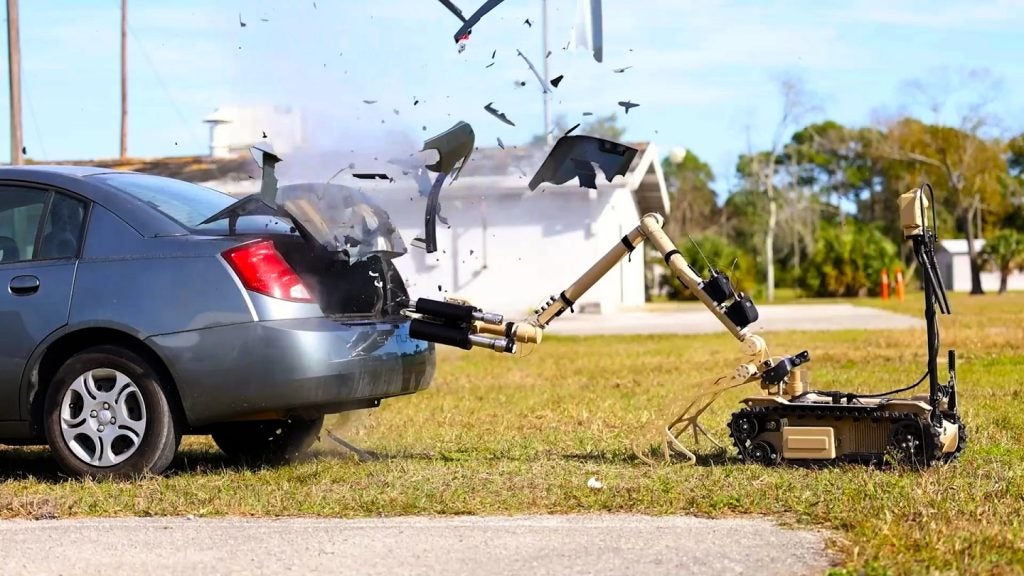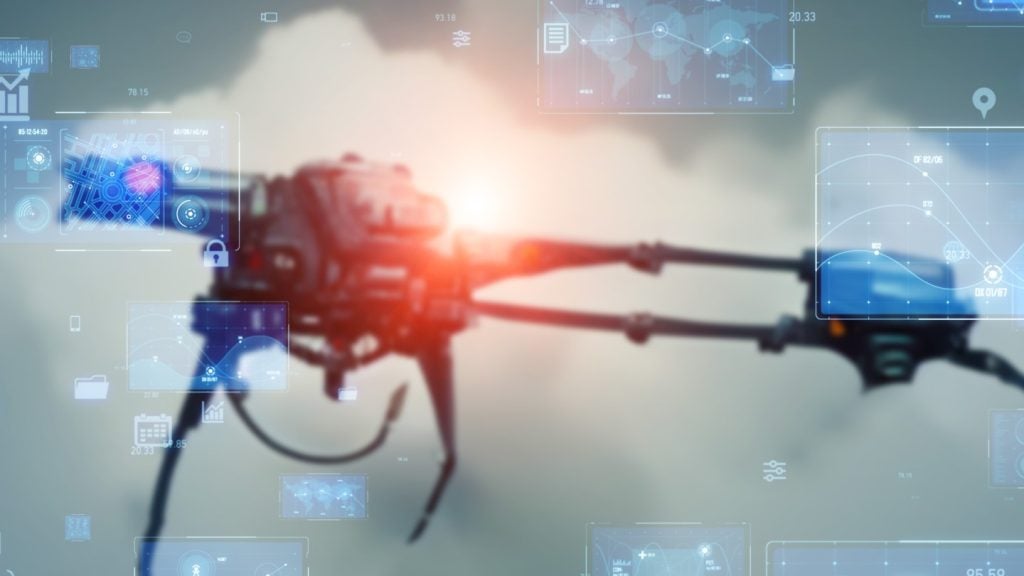General Electric had 13 patents in robotics during Q1 2024. General Electric Co filed patents for an inspection apparatus with a robotic arm and micro-XRF instrument for inspecting components, along with a computer for control. Another patent involves generating conflict-free flight plans for aircraft by considering aerodynamic, business, and operational constraints, using constraint satisfaction solvers to provide verifiable flight plans. GlobalData’s report on General Electric gives a 360-degree view of the company including its patenting strategy. Buy the report here.
General Electric grant share with robotics as a theme is 61% in Q1 2024. Grant share is based on the ratio of number of grants to total number of patents.
Recent Patents
Application: Inspection apparatus and method for inspecting a component (Patent ID: US20240077438A1)
The patent filed by General Electric Co. describes an inspection apparatus and method for inspecting components for surface-connected chemical anomalies. The apparatus includes a robotic arm, a micro-XRF instrument with an instrument head coupled to the robotic arm, a seat for supporting the component during inspection, and a computer for communication with the robotic arm and micro-XRF instrument. The computer includes scan modules and a detection algorithm to scan the component surface, collect element maps, and identify possible chemical anomaly locations while maintaining a distance from the component surface.
The inspection apparatus further includes features such as local and global scan modules for high-resolution and high-speed scanning, a turntable seat for rotating the component, and instructions for moving the robotic arm in various dimensions. The method involves scanning the component surface with the micro-XRF instrument while maintaining a distance, processing the data set with a computer algorithm to produce element maps, and identifying possible chemical anomaly locations based on pre-defined threshold values. Additional steps include high-resolution scanning of possible anomaly locations, marking anomaly locations with flags, and sending threshold maps to a user interface for viewing. The method also involves moving the micro-XRF instrument and/or the component during scanning to ensure comprehensive inspection.
To know more about GlobalData’s detailed insights on General Electric, buy the report here.
Premium Insights
From

The gold standard of business intelligence.
Blending expert knowledge with cutting-edge technology, GlobalData’s unrivalled proprietary data will enable you to decode what’s happening in your market. You can make better informed decisions and gain a future-proof advantage over your competitors.






